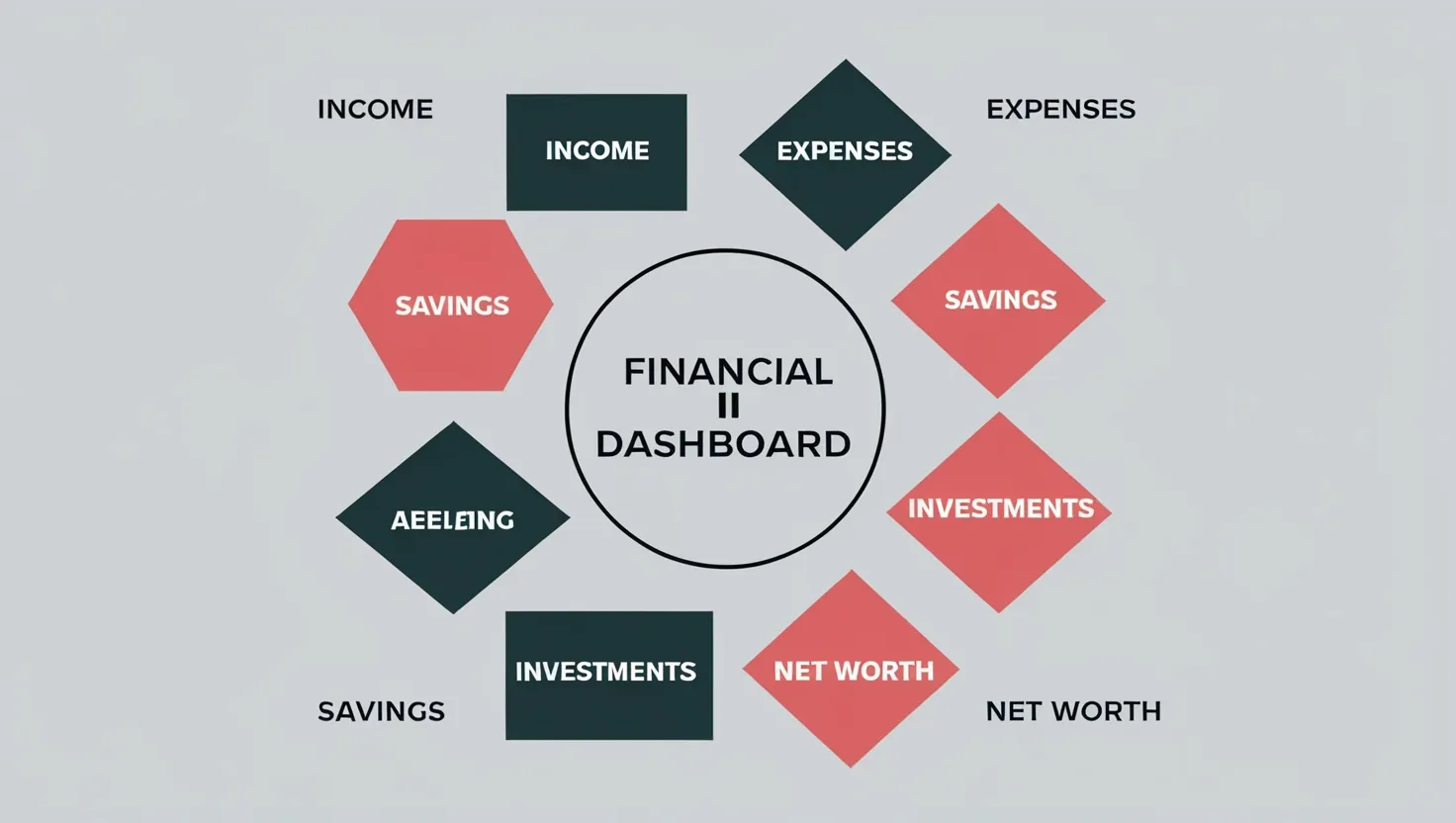As an investor navigating the choppy waters of today’s markets, I’ve learned that regular portfolio health checks are not just advisable - they’re essential. The financial landscape is ever-changing, and what worked yesterday may not be optimal tomorrow. So, let’s dive into five crucial checks that can help fortify your investments against uncertainty.
First up is asset correlation analysis. This might sound complex, but it’s simply about understanding how different parts of your portfolio move in relation to each other. In times of market stress, assets that typically don’t move in lockstep can suddenly start dancing to the same tune. I remember vividly how during the 2008 financial crisis, seemingly unrelated investments all took a nosedive together. It was a stark reminder that diversification isn’t just about owning different things - it’s about owning things that react differently to market events.
To perform this check, I look at the correlation coefficients between my various holdings. A correlation of 1 means perfect positive correlation, -1 is perfect negative correlation, and 0 indicates no correlation. Ideally, you want a mix. During uncertain times, I pay extra attention to how these correlations shift. Are my “safe” assets still providing a cushion when my riskier bets falter? If not, it might be time to reassess.
“The four most dangerous words in investing are: ‘This time it’s different.’” - Sir John Templeton
This quote always reminds me to stay grounded and not get caught up in the hysteria of the moment. Markets have faced uncertainty before, and they will again. The key is to be prepared.
Moving on to risk concentration assessment. This is about making sure you’re not putting all your eggs in one basket - or even several baskets that are sitting too close together. I once met an investor who thought he was well-diversified because he owned stocks in 20 different tech companies. The problem? They were all tech companies, all vulnerable to the same sector-specific risks.
To avoid this pitfall, I regularly map out my exposures across sectors, geographies, and even factors like growth vs. value. It’s not just about the number of holdings, but about how those holdings interact with broader market forces. Are you overexposed to a particular currency? Do you have too much riding on the success of a single economy? These are the questions that keep savvy investors up at night - and for good reason.
Performance attribution is next on our list. This is where we put on our detective hats and figure out exactly what’s driving our returns - both good and bad. It’s not enough to know that your portfolio is up or down; you need to understand why.
I break down my returns by asset class, sector, and even individual security. Which investments are pulling their weight? Which are dragging you down? Sometimes, a poorly performing asset might actually be doing its job - like a hedge that’s losing money while the rest of your portfolio soars. Other times, you might find that a single stellar performer is masking underperformance elsewhere.
This process often leads to some tough questions. Is that star manager really adding value, or just riding a lucky streak? Is your asset allocation still appropriate, or has market movement thrown it out of whack? Regular performance attribution helps ensure that your portfolio’s engine is firing on all cylinders.
Now, let’s talk about liquidity. In calm markets, liquidity isn’t usually a concern for most investors. But when uncertainty strikes, the ability to access your money quickly and without significant loss can become paramount. I learned this lesson the hard way during a market downturn when I found myself needing to raise cash quickly - only to realize that some of my investments were much harder to sell than I’d anticipated.
To evaluate your liquidity position, consider how quickly you could convert your assets to cash if needed. Look at trading volumes for your stocks and bonds. For less liquid investments like real estate or private equity, understand the exit processes and timelines. It’s also wise to stress-test your portfolio. How would it hold up if you needed to liquidate 10% in a week? 20%? These scenarios might seem unlikely, but as the saying goes, hope for the best and prepare for the worst.
Lastly, we come to cost efficiency review. This might not seem as exciting as the other checks, but it’s crucial. High fees can eat away at your returns like termites in a wooden house - slowly, but relentlessly. I make it a point to review all the costs associated with my portfolio at least once a year. This includes obvious expenses like management fees and trading commissions, but also hidden costs like bid-ask spreads and taxes.
Are you getting value for the fees you’re paying? Could you achieve similar results with lower-cost alternatives? Sometimes, a high-fee investment is worth it if it’s delivering exceptional returns or accessing an otherwise unavailable market. But often, investors are paying premium prices for mediocre performance.
“The investor’s chief problem - and even his worst enemy - is likely to be himself.” - Benjamin Graham
This quote always reminds me to check my own biases and emotions when reviewing my portfolio. It’s easy to get attached to certain investments or strategies, but ruthless objectivity is key to long-term success.
So, how often should you be performing these checks? While opinions vary, I find that a quarterly review works well for most investors. It’s frequent enough to catch issues before they become major problems, but not so frequent that you’re tempted to overreact to short-term market noise.
Remember, the goal of these health checks isn’t to achieve perfection - that’s impossible in the ever-changing world of investments. Rather, it’s about continuous improvement and adaptation. Markets will always be uncertain to some degree, but a well-maintained portfolio can weather many storms.
As you go through these checks, you might find yourself asking: Am I truly diversified, or just spread thin? Are my risk levels appropriate for my goals and life stage? How much of my performance is skill versus luck? These are tough questions, but grappling with them is what separates successful investors from the rest.
In the end, investment success isn’t about predicting the future - it’s about being prepared for whatever the future might bring. Regular portfolio health checks are your best tool for staying ready and resilient in the face of market uncertainty.
What aspect of your portfolio health check do you find most challenging? How has your approach to portfolio management evolved over time? Engaging with these questions can lead to valuable insights and improvements in your investment strategy.
Remember, in the world of investing, standing still is moving backwards. Keep checking, keep adjusting, and keep learning. Your future self will thank you for the diligence.






